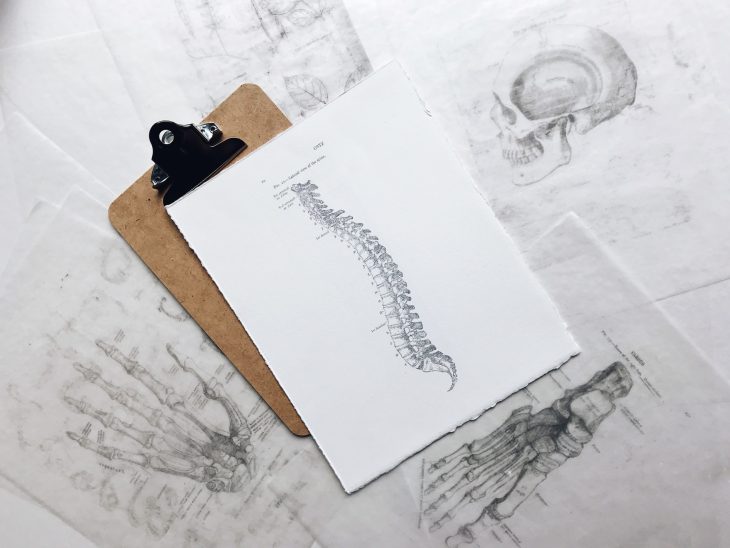
A recent study conducted by researchers at Weill Cornell Medicine has unveiled an amazing discovery about the origin of vertebral bones in the spine. These bones originate from a unique type of stem cell that is known for secreting a protein that plays a role in facilitating the spread of tumors.
This groundbreaking discovery revelation not only opens the door to further research into spinal disorders but also sheds light on why solid tumors often metastasize to the spine. Furthermore, it holds the potential to lead to innovative approaches for both orthopedic and cancer treatments.
Published in the journal Nature on September 13, this study highlights the distinctive nature of vertebral bone stem cells when compared to other bone-forming stem cells. Through the cultivation of bone-like “organoids” derived from vertebral stem cells, the researchers have uncovered that the spine’s increased susceptibility to tumor metastasis, particularly in contrast to long bones like those found in the legs, is primarily linked to a protein called MFGE8, which is secretly by these specific stem cells.
Associate professor of pathology and laboratory medicine, member of the Sandra and Edward Meyer Cancer Center at Weill Cornell Medicine, pathologist at NewYork-Presbyterian/Weill Cornell Medical Center, and study senior author, Dr. Matthew Greenblatt, explained, “We suspect that many bone diseases preferentially involving the spine are attributable to the distinct properties of vertebral bone stem cells.”
Over recent years, Dr. Greenblatt and a team of scientists have discerned that different types of bones originate from distinct bone stem cells. Given the unique embryonic development and evolutionary path of vertebrae in comparison to other bones, such as those in the arms and legs, Dr. Greenblatt and his team hypothesized the existence of a distinct vertebral stem cell.
To test this hypothesis, the researchers began by isolating skeletal stem cells, which are responsible for both bone and cartilage formation, from various bones in laboratory mice using recognized surface protein markers. They subsequently analyzed the gene activity within these cells to identify any patterns unique to those associated with vertebral bone. This endeavor yielded two crucial findings.
Firstly, it involved a more precise definition of skeletal stem cells based on surface markers, which excluded a subset of non-stem cells from the previous definition that had previously complicated research efforts. Secondly, the study established that skeletal stem cells from different bones indeed displayed systematic variations in gene activity.
As a result, the research team identified distinct markers for vertebral stem cells and confirmed their role in the formation of spinal bone through experiments conducted in mice and cell culture systems.
The researchers then delved into the phenomenon of the spine’s heightened susceptibility to tumor metastases, including those originating from breast, prostate, and lung cancers, in comparison to other bone types.
While the conventional theory, dating back to the 1940s, attributed this “spinal tropism” to blood flow patterns that preferentially transported metastases to the spine over long bones, the researchers discovered, upon replicating the phenomenon in animal models, that blood flow alone did not suffice as an explanation. Instead, they found indications pointing towards vertebral stem cells as potential contributors.
Study first author, Dr. Jun Sun, a postdoctoral researcher in the Greenblatt laboratory, said, “We observed that the site of initial seeding of metastatic tumor cells was predominantly in an area of marrow where vertebral stem cells and their progeny cells would be located.”
Subsequently, the research team observed that the removal of vertebral stem cells abolished the differences in metastasis rates between spinal and long bones. Ultimately, they identified MFGE8, a protein secreted in higher quantities by vertebral stem cells compared to long bone stem cells, as a significant factor contributing to spinal tropism.
To validate the relevance of these findings in humans, the team collaborated with investigators at the Hospital for Special Surgery to identify human counterparts of mouse vertebral stem cells and characterize their proprieties.
The researchers are currently actively exploring strategies to block MFGE8, with the aim of reducing the risk of spinal metastasis in cancer patients. Additionally, they are conducting broader research into how the distinctive attributes of vertebral stem cells contribute to various spinal disorders.



